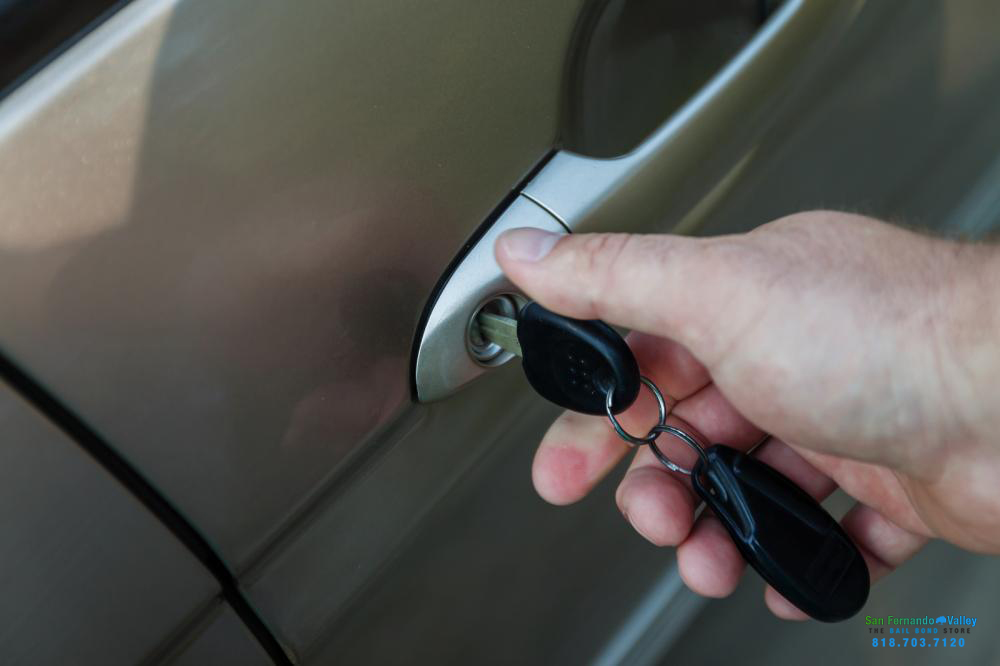
15 Feb Alcohol: Men Vs Women
When it comes to processing alcohol, men and women are entirely different. Contrary to common belief, men and women of almost the same height and weight do not experience similar effects after consuming equal amounts of alcohol. Studies prove that women are more adversely affected by alcohol abuse. That makes it very necessary for women to understand this particular difference between them and men and reduce their alcohol consumption accordingly.
Just like men and women are differently affected by various diseases, alcohol-related ailments also exhibit varying levels. Studies and researches conducted over the last couple of decades prove without a doubt that quite a number of ill-health consequences of alcohol abuse develop faster in women than in men.
In general, men are able to handle excessive alcohol consumption better than women. Being larger in build, men have more blood volume and less body fat than women. In addition, men have a higher concentration of dehydrogenase – an enzyme that breaks alcohol down. On the other hand, women have a smaller body size, more body fat, lower amounts of dehydrogenase and regular occurrences of hormonal changes. As a result, women respond faster and with more intensity after a round of drinks.
The Truth About Alcohol : True or False
Men can drink more than women without getting drunk?
TRUE. In general, men can drink more without becoming intoxicated. That’s because men tend to weigh more, which means that alcohol is less concentrated in the bloodstream. In addition, men’s bodies tend to contain more water, pound for pound. This means that alcohol will be more dilute in a man’s body.
A 140-pound woman who tries to “keep up” with a 180-pound man over several hours can reach a blood alcohol concentration that’s two times higher.
It doesn’t takes a lot to make someone legally drunk
FALSE. When it comes to driving, legally drunk means having a blood alcohol concentration (BAC) of 0.08 percent or higher. How much alcohol it takes to reach that level depends not only how much alcohol has been consumed and how fast, but also the drinker’s body weight and gender. So while a 160-pound man needs to drink about three standard drinks in an hour to reach the legal limit, a 130-pound women needs to drink only two drinks in an hour to reach the limit.
Can Coffee sober up someone who is drunk?
FALSE. Once alcohol is in the bloodstream, nothing can be done to increase the rate at which the liver processes it (about one drink an hour). Coffee won’t help, and neither will exercising or having a cold shower. But coffee can give a potentially dangerous impression of feeling more sober – potentially dangerous because someone in such a state may assume that it’s okay to drive.
Eating beforehand lets you drink more without becoming drunk?
TRUE. Alcohol mixed with food takes longer to absorb than alcohol consumed on an empty stomach. Some people find it helpful to eat a meal before going out for a night on the town. In addition to slowing the rate at which alcohol enters the bloodstream, eating before drinking might result in a full stomach that puts out fewer “fill me” signals.
Some people are better at holding their alcohol?
TRUE. But it’s important to realize that the ability to hold your liquor – what doctors call tolerance – is about how intoxicated you feel, and not how intoxicated you actually are. And before you start bragging about your high alcohol tolerance, you should know that it’s actually considered a major risk factor for alcoholism. That’s because people who can drink a lot without feeling drunk tend to drink more than people with low alcohol tolerance
One drink doesn’t affect driving ability
FALSE. Any amount of alcohol consumption before driving can affect performance behind the wheel. In fact, a recent study showed that having a single drink can significantly affect a person’s driving ability.
Dark beer contains more alcohol
FALSE. A beer’s color has little to do with its alcohol content. Color is determined mainly by the malt and other ingredients used in the recipe, and the length of the brewing process. Most beer contains 4 percent to 7 percent alcohol. Some dark beers, including Guinness stout, are on the low end of the alcohol content scale.
The alcohol in hard liquor is more intoxicating
FALSE. Beer, wine, and liquor all contain the same kind of alcohol (ethanol). All things being equal, one standard drink should produce the same level of intoxication. But some people tend to drink more when drinking hard liquor or mixing different types of alcoholic beverages. And many cocktails contain far more alcohol than one standard drink.
Just what is a standard drink, anyway? It’s 12 ounces of beer, five ounces of wine, or a mixed drink containing one shot of 80-proof liquor. Each standard drink contains half an ounce of ethanol.
Alcohol destroys brain cells?
FALSE. Alcohol doesn’t actually kill brain cells. It affects the way brain cells communicate with one another. Still, chronic, heavy drinking can lead to neurological problems, such as Wernicke-Korsakoff syndrome, which causes severe problems with memory.
Anyone who passes out from drinking should “sleep it off”?
FALSE. People can continue to absorb alcohol even after passing out, and this can lead to a fatal overdose of alcohol. Some unfortunate people left to sleep after becoming drunk “aspirate” their own vomit and choke to death. So, it’s important to stay with someone who might have had too much to drink, and not to assume that he/she will be fine after “sleeping it off.”
If someone has seizures, slow or irregular breathing, or blue/pale skin – or you cannot wake him/her – call 911.
Alcoholism runs in families?
TRUE. People who have blood relatives with a history of alcohol (or drug) problems are at higher risk themselves. The more numerous these relatives are and the closer the blood relationship, the higher the risk. The risk is even higher if the relatives who had the problems are of the same gender you are. Why is this? Scientists aren’t sure. But it appears that a person’s responsiveness to alcohol (tolerance) is at least partially hereditary.
And How Much is 1 Serving of Alcohol?
The legal blood alcohol concentration (BAC) limit in California is 0.08%. It does not take the same amount of drinks for everyone to reach that level. How much alcohol has an effect on someone depends on a large number of factors. Person A can have 3 drinks, be at 0.04%, and feel extremely drunk. Meanwhile Person B can have 5 drinks, be at 0.07% and still be much more coherent and aware than Person A.
BAC can depend on gender, body weight and build, the number of drinks consumed, the types of drinks consumed, whether or not a person has eaten, any medications they might be taking, and more. As we specified before, generally, women feel the effects of alcohol much faster than men, and smaller body types will feel the effects faster than bigger body types will. If a person has food in their stomach, that will help soak up some alcohol. Conversely, if they are drinking on an empty stomach, they will get drunk faster.
When it comes to determining what 1 serving of alcohol means, it depends on the type of drink you want to look at. As a general rule, 1 serving of alcohol equals 1 oz. of 100 proof liquor, a 12 oz. beer, or 4 oz. wine. A 12 oz. beer is much more liquid volume than a glass of wine, but the servings are considered equal. 3 glasses of 4 oz. wine each, 12 oz. total, is theoretically 3 times the serving of a 12 oz. beer.
We mentioned that the legal BAC limit in California is 0.08%, yet many people are drunk well before this limit. If a cop pulls a person over and they blow a 0.05%, they can and will still arrest them for a DUI, especially if they do not appear coherent and alert enough to drive safely. There is never a good reason to drink and drive. The risks are far too dangerous for this person and others on the road. At the same time, even if a person is not driving and is relying on a designated sober driver, they should still know when to stop drinking.
How Much Is The Cost of a First time Dui in California?
$45,000. That is the low end of the average cost of what a first time DUI can cost you in California. Knowing this, wouldn’t you rather pay $20 for a Lyft or Uber home from the bar? Let’s break that figure down.
- Insurance – This is the highest DUI related cost. Insurance will go up year after year after a DUI.
- Towing and Storage – Your car is impounded and to get it back, it is going to cost over $500.
- DUI classes – This will cost around the same as the towing and storage.
- Fines and Attorney Fees – You will be going to court for that DUI, so you will want a good lawyer to help protect, and fight for, you. This can go up a few thousand dollars.
- Driver’s License – After a DUI, your license is revoked. It costs about $100 to get it back, once you are allowed to get it back.
Again, $45,000 is the low end of the DUI spectrum. Other things we did not account for, but could be a factor, is the cost to fix your vehicle and the cost of hospital bills if your DUI resulted in an accident. Each DUI will also cost more than one before.
The best way to avoid this, is to drink responsibly. This means either designating a sober driver, or by hiring a taxi, Lyft, or Uber to take you home. Doing this will help you stay out of trouble, and keep the roads safe for everyone.
Remember that these are the average statistics. Sure some women can probably keep up with a man, but just keep in mind that this is just how man versus women are. We hate to see people in trouble because of poor decisions stemming from alcohol but if you need a bail bond company to help you out, Bail Bonds in San Fernando Valley is available any time, any day, wherever you are.
References: https://www.cbsnews.com/pictures/14-facts-about-drinking-are-you-misinformed/3/
https://www.healthstatus.com/health_blog/body-fat-calculator-2/do-men-and-women-process-alcohol-differently/

